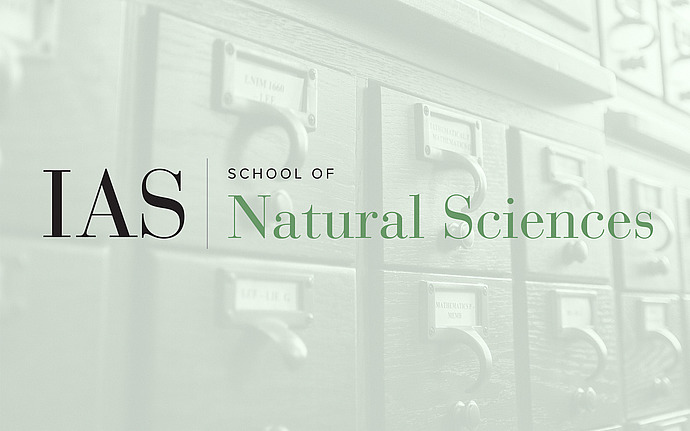
Institute for Advanced Study / Princeton University Joint Astrophysics Colloquium
Making Sense of Stellar Rotation in Low Mass Stars: Gyrochronology, Magnetism, and a Sun in Transition
Stellar rotation carries a wealth of information about stellar populations. In particular, the technique of gyrochronology was developed to utilize the spin-down of stars as a function of time as an indicator of stellar age. Gyrochronology has the potential to yield precise ages for large samples of stars, providing unprecedented chronological information for studies of the Milky Way and extrasolar planets. However, the technique is in its adolescence: it has been tested and validated under limited scenarios, but its weaknesses and limitations have hitherto been largely unexplored. With time-domain data we can address these gaps: we now have access to datasets of rotation periods for tens of thousands of stars, as well as independent asteroseismic ages and rotation periods for a few hundred old (main sequence) stars. I will discuss my comparisons of theoretical rotation models to these data, which have yielded unexpected insights into the rotational and magnetic lives of stars (and the Sun!), as well as a better understanding of the power and peril of gyrochronology as a tool.
Date & Time
Location
Virtual MeetingSpeakers
Affiliation
Event Series
Categories
Notes
Special time to accommodate speaker's time zone.